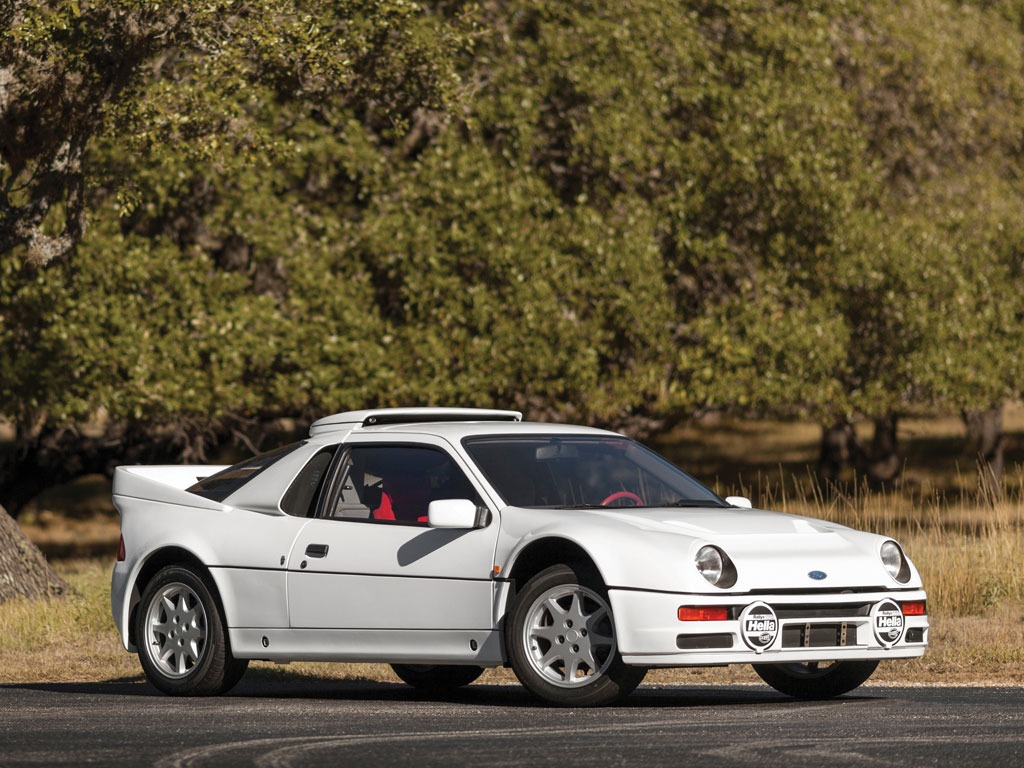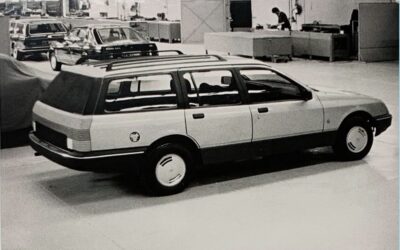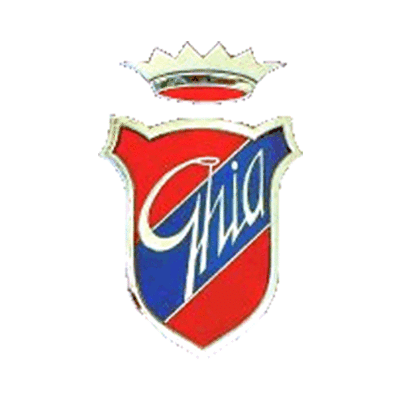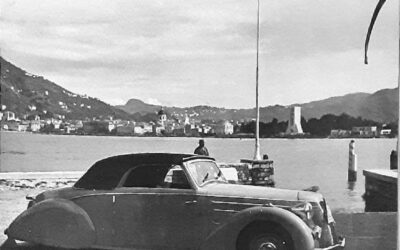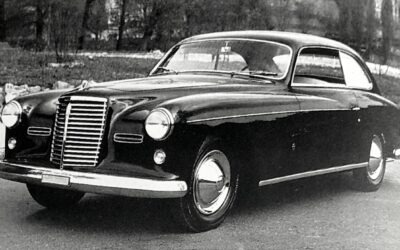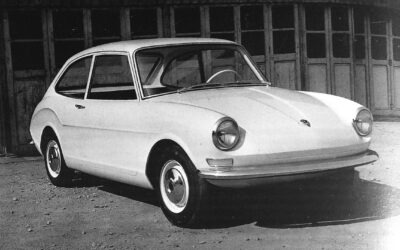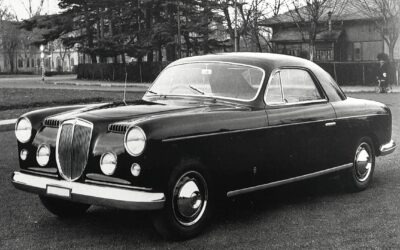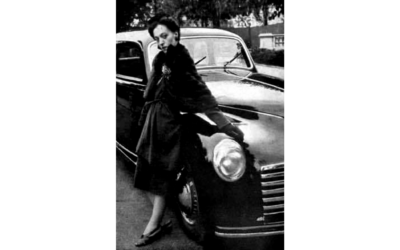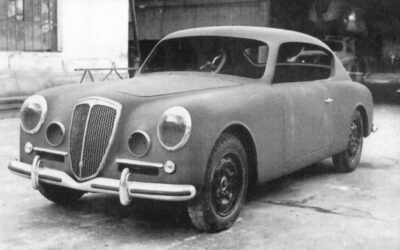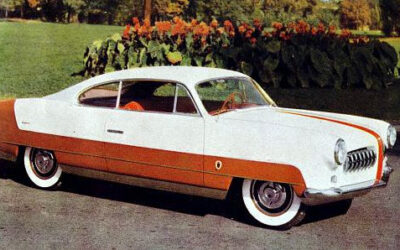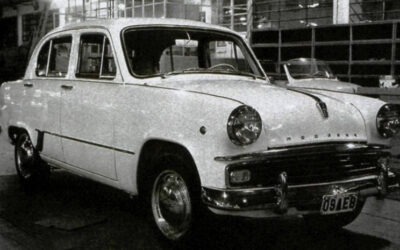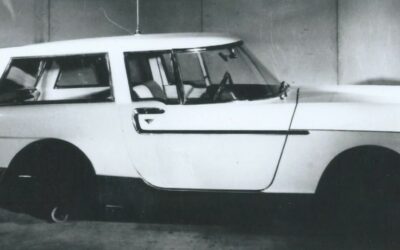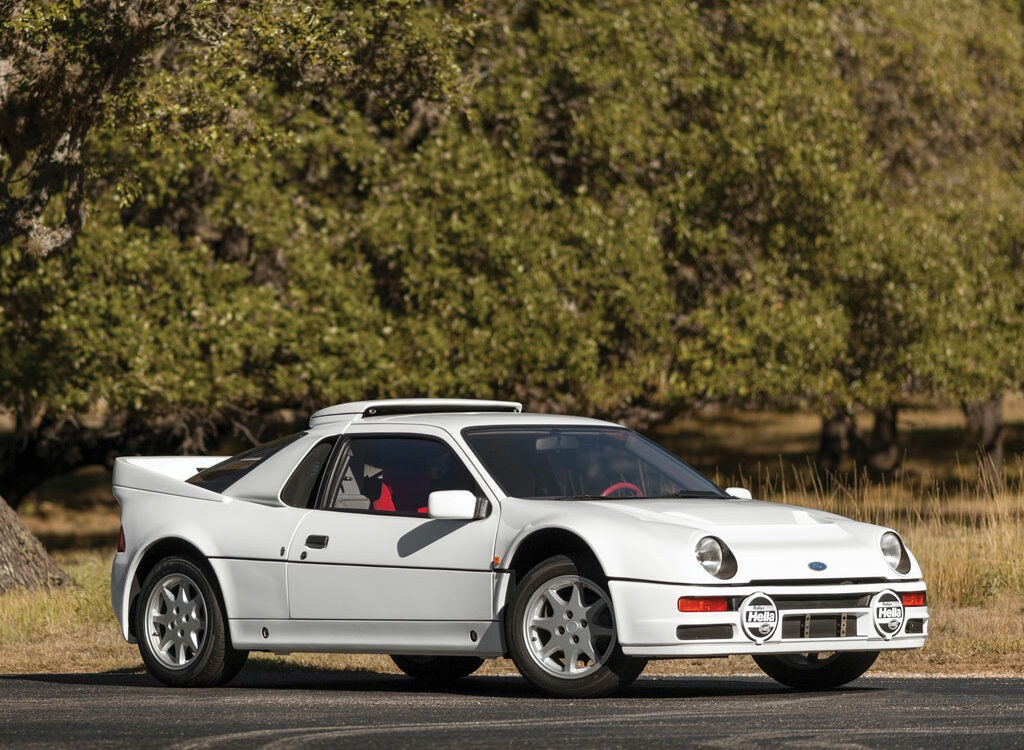
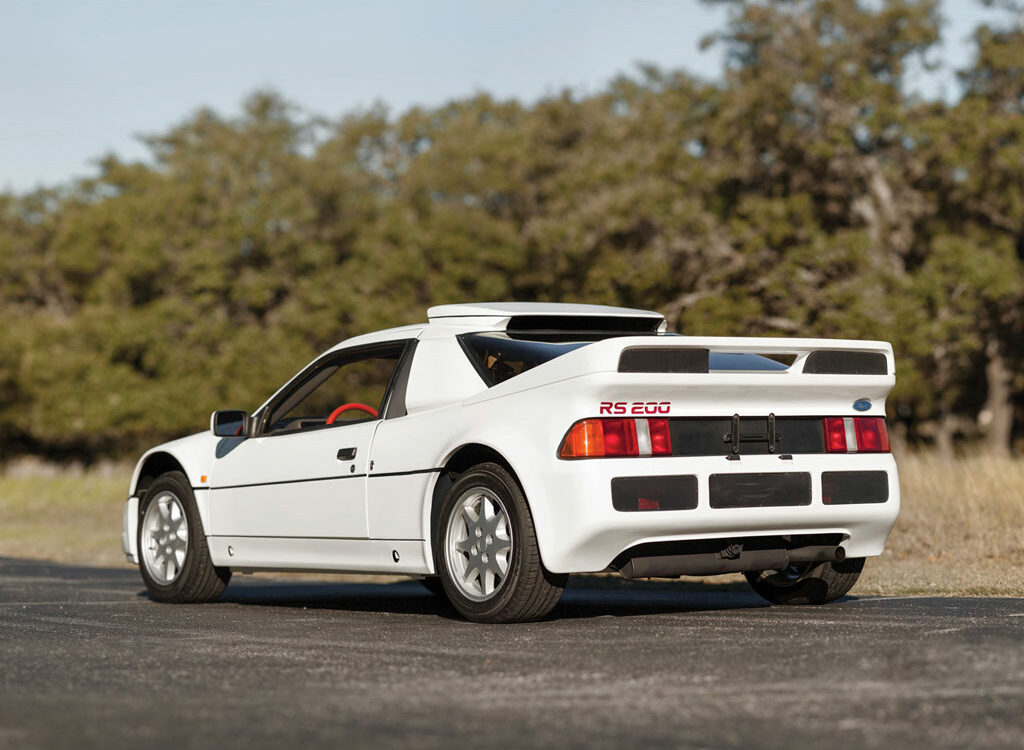
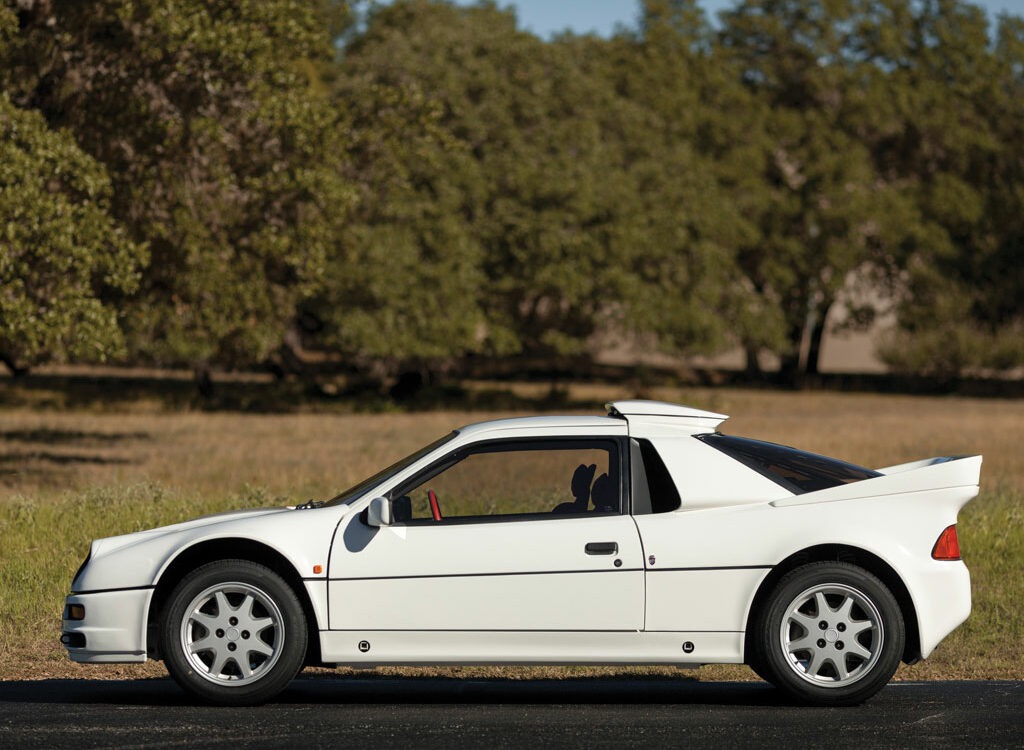
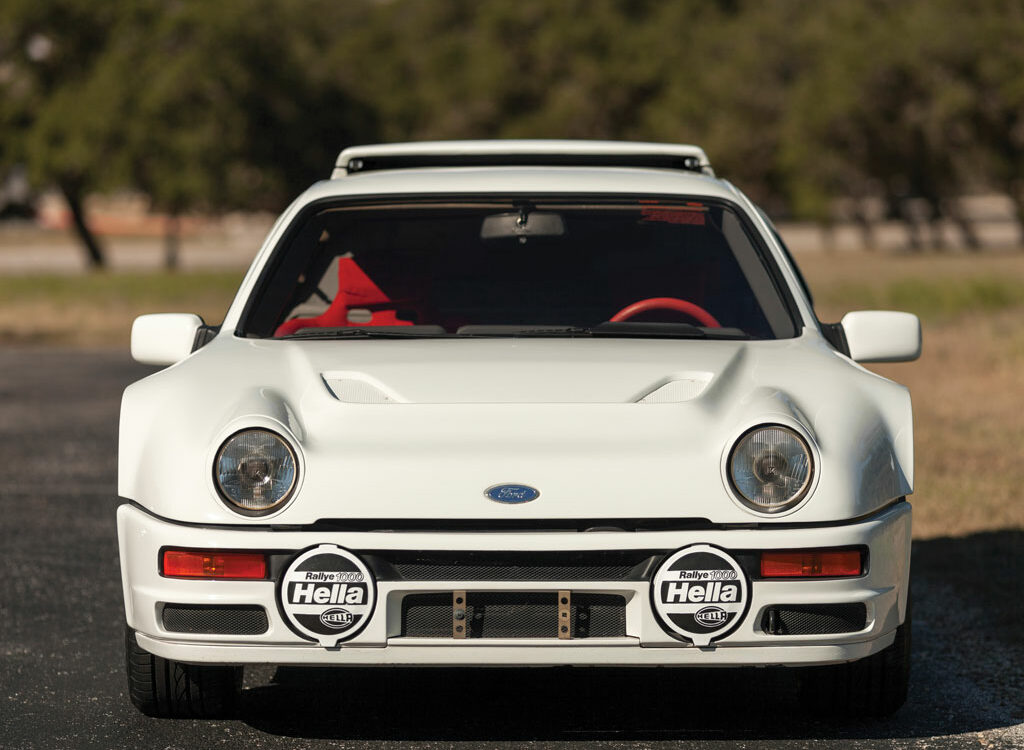
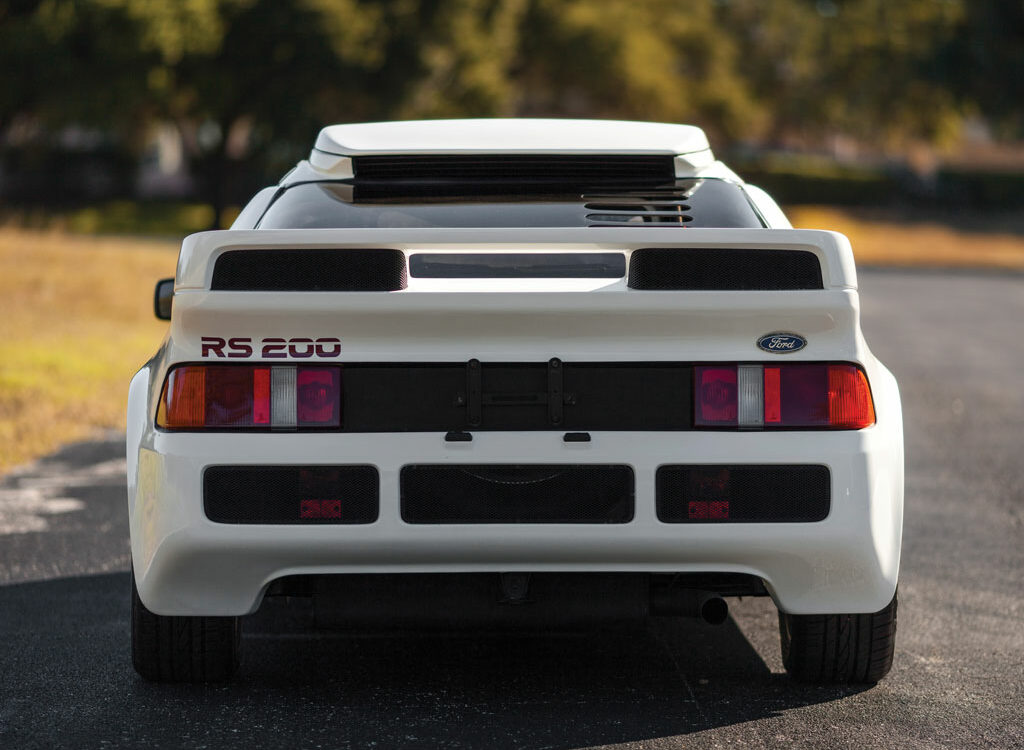
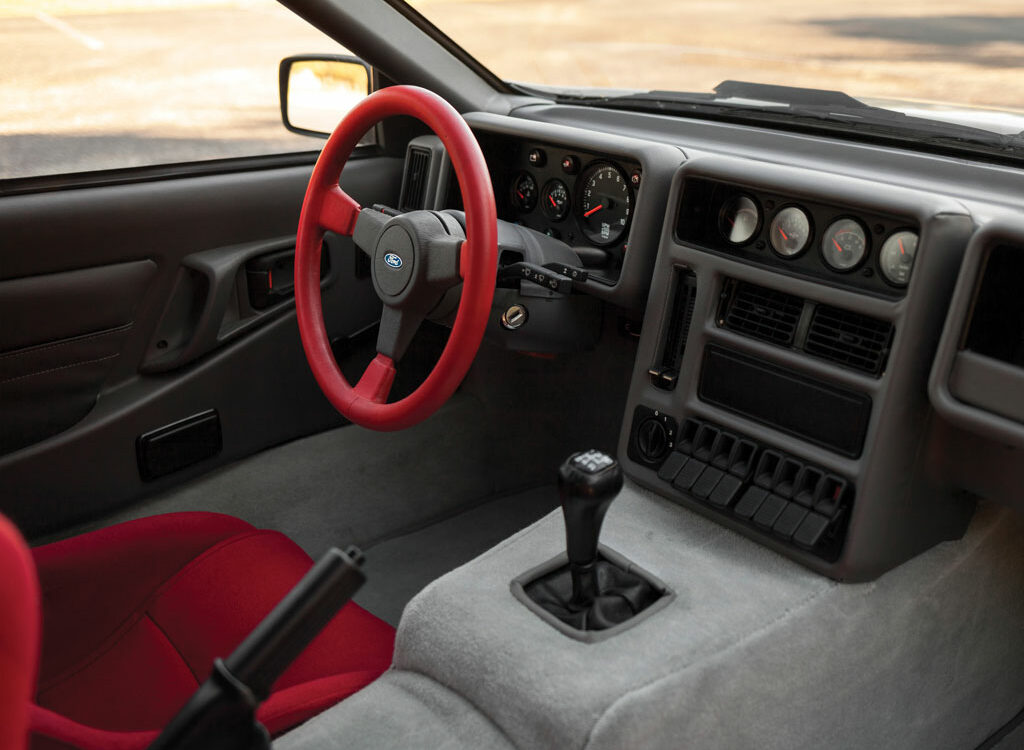
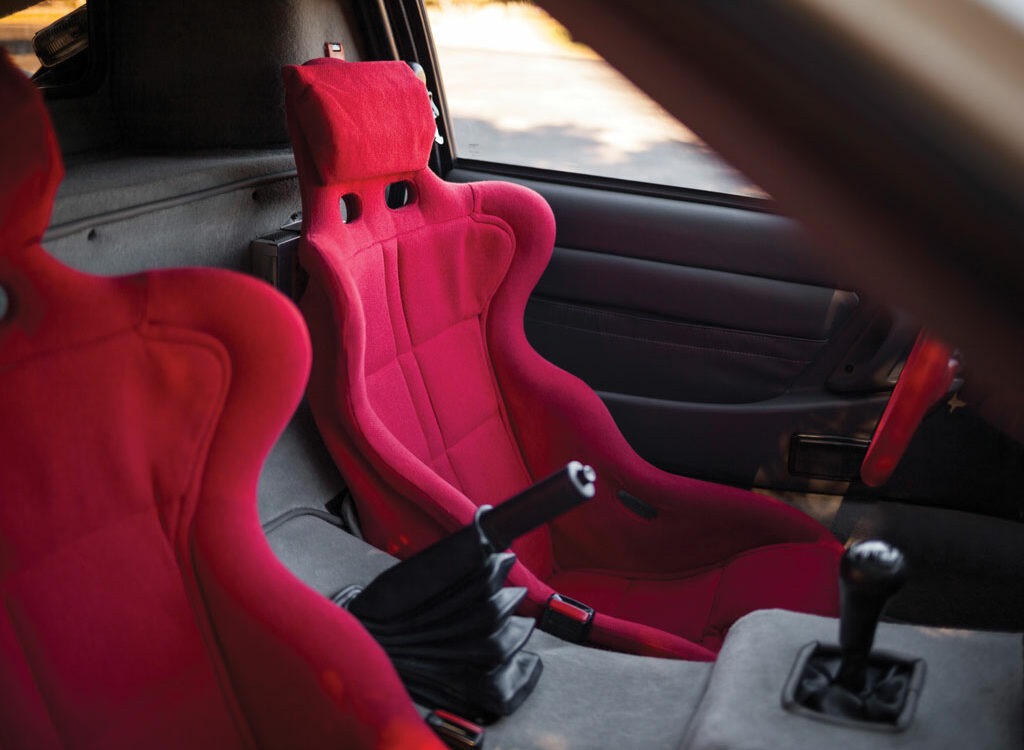
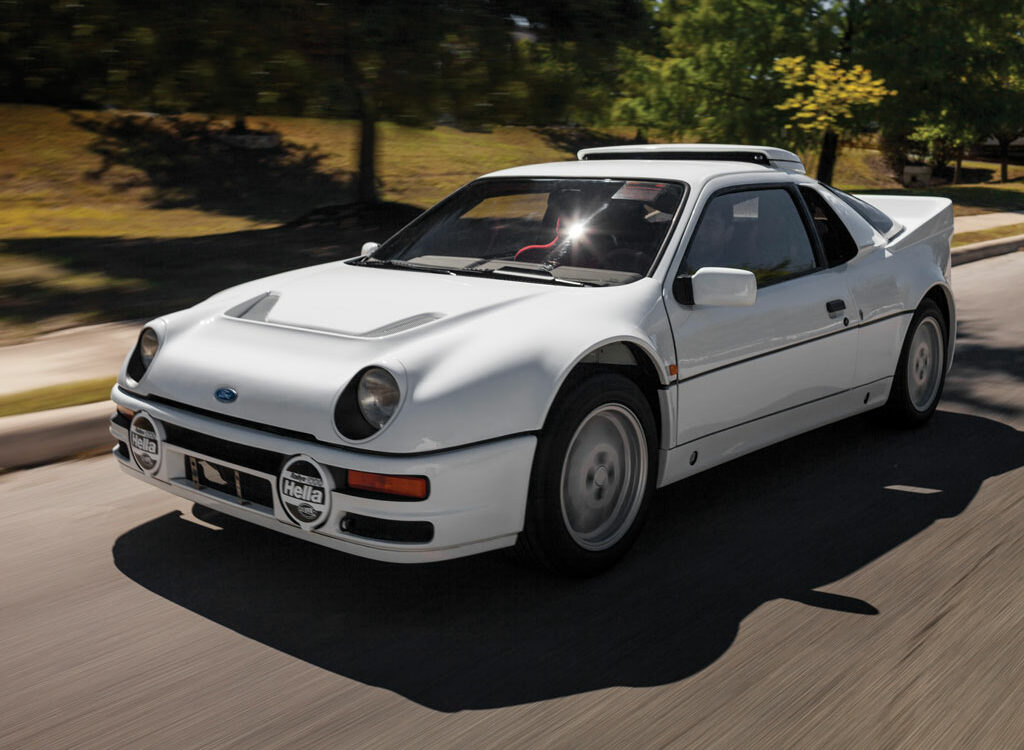








Ford RS200
The Ford RS200 is a racing car manufactured by Ford from 1984 to 1986 to compete in the Group B category of rallying.
Vehicle Overview
The Ford RS200: After the introduction of the new Ford Escort in 1981, Ford Motorsport thought about the development of a rear-wheel-drive, turbocharged car to tackle Group B rallies, initiating the Ford Escort RS 1700T. However, some problems in development led Ford to abandon the project in 1983, losing the chance to enter Group B. Not wanting to abandon the idea of a rally car and not wanting to unnecessarily lose the production costs of the 1700T, it was decided to build a new car with all-wheel drive and mid-engine, to better compete with rivals Peugeot and Audi. The body was made of plastic and fiberglass and designed by Ghia, while it was manufactured by Reliant. The designers fitted a front-wheel drive to balance the weight distribution, but this required the power from the engine to go first to the front wheels and later to the rear wheels, resulting in a complex traction scheme. The chassis was designed by Tony Southgate, working in Formula One, with initial help from John Wheeler, also an F1 engineer. The wishbone suspension with twin shock absorbers for each wheel gave the car excellent handling and road holding, thanks in part to excellent weight distribution. Aesthetically, however, the rush to produce the car meant that many components were taken from other Ford cars. For example, the windshield and taillights were the same as those on the Ford Sierra. The engine was a turbocharged 1800 cm³ from Cosworth (BDT) and produced 258 hp in the road versions and between 350 hp and 460 hp during competition. Upgrade kits were also available for the road versions, bringing the power output over 300 hp. Although the RS200 had excellent road poise and was very well balanced to be competitive, its power-to-weight ratio was poor compared to its rivals and the engine had consistent turbo lag at low revs. The third place finish at the 1986 Rally Sweden by Kalle Grundel, was the best position ever earned by the vehicle in the Group B category. Although the car’s technical characteristics were not to blame, the RS200 was the protagonist of one of the most horrific accidents in WRC history. In the 1986 Rally of Portugal, the Ford RS200 piloted by Joaquim Santos went off the track causing the death of three spectators and the injury of thirty other people. Another unfortunate accident occurred on the Hessen Rally stage in Germany in 1986, in which driver Marc Surer lost control of the car by crashing into a tree, which ripped the RS200 in two, and then into a second on which the car exploded. Surer managed to save himself by being thrown from the cockpit, while his friend and co-driver Michel Wyder died trapped in the car and enveloped in flames. The Rally Portugal accident caused quite a stir, and the FIA, which controlled the WRC at the time, abolished Group B soon after the 1986 season (not only because of the accident caused by the RS200). For 1987, Ford planned to introduce an evolution of the RS200 with a new version of the Cosworth BDT engine, namely the 2137 cm³ BDT-E. That engine, developed by Brian Hart Ltd, could support horsepower from 557 hp up to 826 hp such that the most powerful versions accelerated from 0 to 100 km/h in just 2.2 seconds. The brakes and suspension were also upgraded with the second version. The cancellation of Group B meant that the RS200 E2 became a rallycross vehicle from August 1986 until October 1992. Norwegian driver Martin Schanche won the championship in 1991 with a 652-hp Ford RS200 E2. In 1998, this car was also used by Swedish driver Stig Blomqvist (who had already driven it in the 1986 World Rally Championship) in the Unlimited category of the Pikes Peak International Hillclimb with an 850-hp version engine, capable of 0-60 mph acceleration in 2 seconds[6]; he finished the hillclimb in 4th place overall. According to an FIA rule, a car to participate in Group B had to exist in at least 200 road-going examples. So Ford made these 200 vehicles plus another 20 or so to be used in competitions. Only 25 cars of the original 200 were upgraded to the E2 version. Initial intentions were to rename these 25 cars with a serial number beyond 200, but in the end that initial number remained. This update of the car called the RS200 Evolution, included the 2.1-liter turbocharged four-cylinder engine boosted to 580 hp; this, with a weight of 1050 kg, enabled it to break 0-60 mph in less than 3.07 seconds. The body plans of the RS200 were later bought by Banham Conversions, which used them to build a kitcar based on the Austin Maestro called the Banham 200. Thus being an aesthetic modification of this car, the entire mechanicals were nowhere near those of the original RS200, including the position of the engine (front in this kitcar).
Photo courtesy of RM Sotheby’s
Technical Specifications
-
Body
-
Year1986
-
MakeFord
-
ModelRS200
-
CoachbuilderGhia
-
Length (mm)4000
-
Width (mm)1752
-
Height (mm)1345
-
Units built200
-
Engine Type4L
-
DesignerFilippo Sapino
-
MakeN/A
-
ModelN/A
-
Cylinder CapacityN/A
-
Number Of DoorsN/A
-
Six Month RateN/A
-
Twelve Month RateN/A
-
Date Of First RegistrationN/A
-
Year Of ManufactureN/A
-
CO2 EmissionsN/A
-
Fuel TypeN/A
-
Tax StatusN/A
-
TransmissionN/A
-
ColourN/A
-
Type ApprovalN/A
-
Wheel PlanN/A
-
Revenue WeightN/A
-
Tax DetailsN/A
-
Mot DetailsN/A
-
TaxedN/A
-
motN/A
-
MakeN/A
-
Cylinder CapacityN/A
-
RegistrationN/A
-
Year Of ManufactureN/A
-
CO2 MissionsN/A
-
Fuel TypeN/A
-
Tax StatusN/A
-
ColourN/A
-
Type ApprovalN/A
-
Wheel PlanN/A
-
Revenue WeightN/A
RELATED VEHICLES
More vehicles by Ghia
Coachbuilder
Missing or wrong informations?
Carrozzieri-Italiani.com relies on thousend of users who help to populate the database. We do not guarantee the accuracy of the informations. Contact us if you want to contribute.

